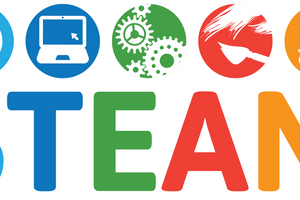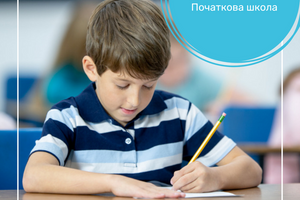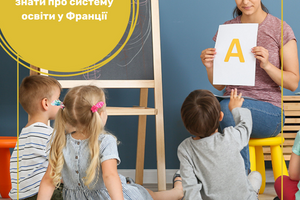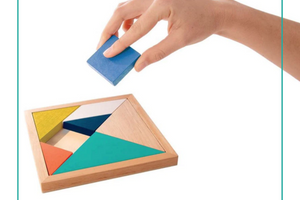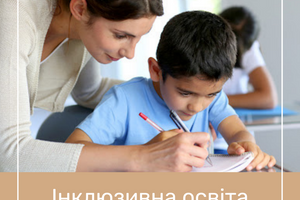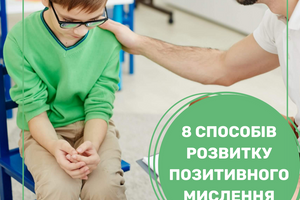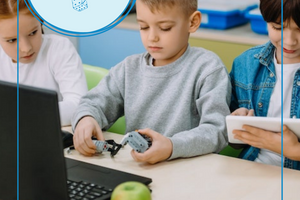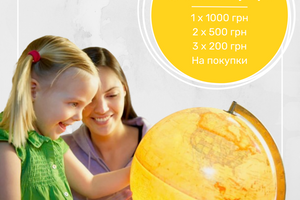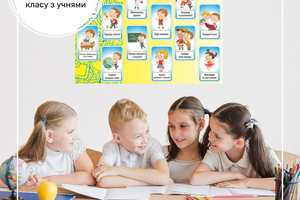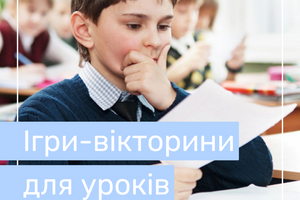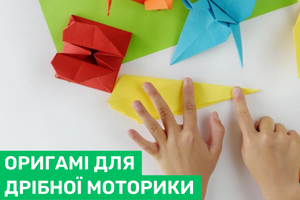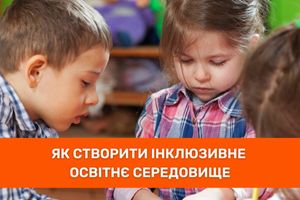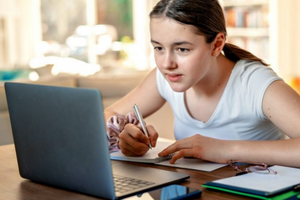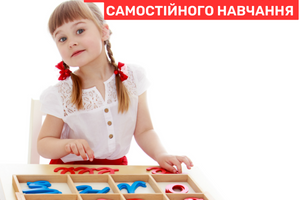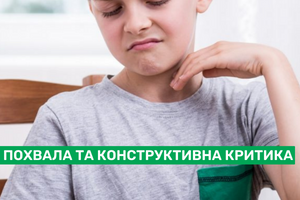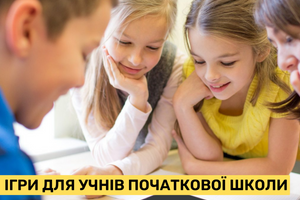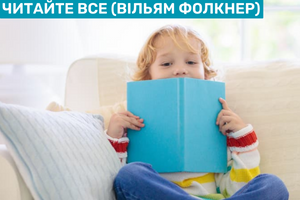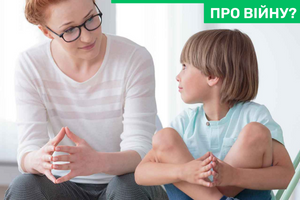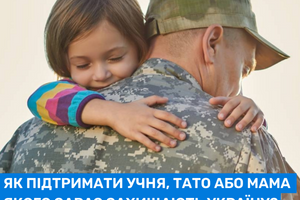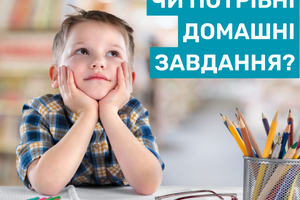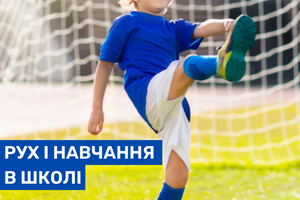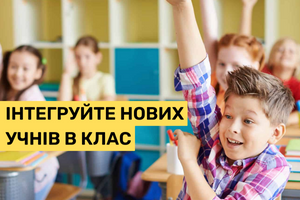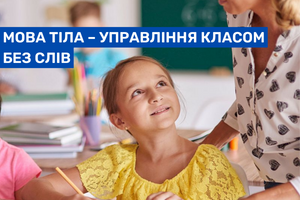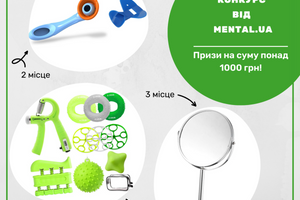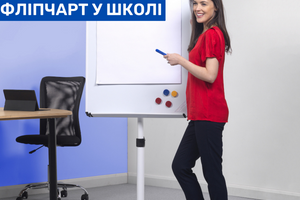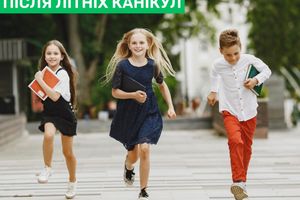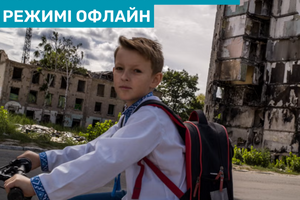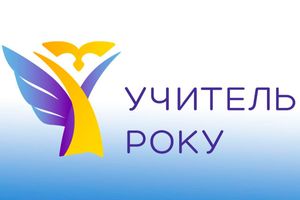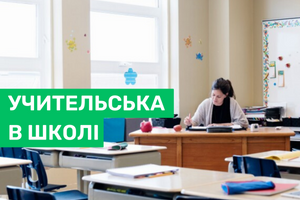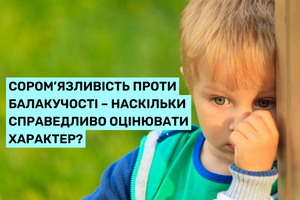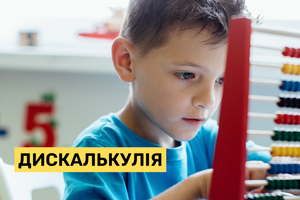Healthy self-confidence is important – at least if the media is to be believed. And it's true that people with healthy self-esteem are happier. The internet is also teeming with tutorials, exercises and advice on how to look more confident, often with a focus on body language.
From this article, you will learn how you can playfully introduce your children to the world of non-verbal communication and thus improve their awareness of their own signals.
Content
1. The importance of our body language
1.1. Body language and body awareness
1.2. Body language and confidence
2. Exercises on conscious body language
2.1. Still images
2.2. Pantomime
2.3. Mirror image
2.4. Non-verbal displays of power
The importance of our body language
Long before we can speak, we communicate through gestures and facial expressions. With a little practice, parents can understand their children without words. Babies react the same way all over the world and are understood everywhere.
Therefore, it is not surprising that even in adulthood, body language occupies the lion's share of our communication. In any everyday situations, we are used to judging our interlocutor by his body language, even before he opens his mouth. In this way, promoters in the pedestrian zone identify passers-by who are willing to donate, people who are willing to flirt, identify their communication partners, etc.
In most cases, gestures and facial expressions help emphasize what is said and felt. It only becomes difficult when the body language and verbal message contradict each other, e.g. when you lie Because of this contradiction between behavior and words, it is so easy to catch people in lies.
Children's non-verbal signals mostly coincide with what they express in words.
Body language and body awareness
Children must first learn to develop body awareness. Their motor skills are not yet formed, their body is growing and changing. This is one of the reasons why children more often than adults receive minor injuries or are considered clumsy. Being aware of your own physical signals also helps you feel and know your body better. And, of course, it is also an advantage to understand body language and thus communicate more successfully with another person.
So set a good example and think about your own body perception and body language, especially with your children. Also, don't hesitate to ask friends or family members to give you feedback on your body language: does it match what you're saying? Do you usually have quite open or dismissive body language?
Another way is to video yourself during the day before and then watch it. Are there any surprises? Would you like to change something about your appearance, and if so, what and why?
Also, watching yourself in the mirror while on the phone can be instructive – especially since you'll likely find yourself intuitively changing your body language.
Body language and confidence
Someone who loves their body and feels good about it sends out different nonverbal cues than someone who feels insecure or anxious. As many children do not (yet) have a high level of self-confidence, everyday school life is a great opportunity to support them on their way to clear body language.
Pay attention to your students' nonverbal cues: Does your child express fear on the way to the blackboard or before PE class? Are there extreme signs of nervousness during tests or poor grades? Or do you even notice a child whose body language constantly expresses fear or other negative feelings? Then talk to your child privately about the situation and let him talk about his feelings. This will help you learn what problems may arise and how best to help the child.
Body language exercises
Most adults are also rarely aware of their own body language. Therefore, the first important step towards a better understanding of non-verbal interaction is awareness. Below we offer you some practical tips on how you can better interpret and use body language with your students.
Still images
Still images are a great way to focus on non-verbal cues. The difference from pantomime is that the actors in the still image do not move at all - they freeze in a certain position, e.g. for 30 seconds, depending on how strenuous the pose is.
Give your children situations in small groups that they then express non-verbally. The rest of the class guesses what emotions the little actors express, how they relate to each other, what events may have preceded the scene being depicted. You then analyze together which non-verbal cues helped the children understand the context and message without words.
It's up to you how creative you get. You can e.g. present individual scenes from well-known stories to start, or introduce new scenes for the children to write their own stories for.
Pantomimes
Movement is allowed here. Depending on your age or experience of performing such exercises, change the level of difficulty. It can be quite difficult to begin using non-verbal expressions of familiar emotions such as anger, fear, joy, pain, hunger, thirst and tiredness, as children have become accustomed to speaking easily over the years and usually do not look at each other in the mirror when expressing emotions.
Your children will understand more complex emotions or gradations of emotion more easily if they are given a little help. For example, find related emotions on the board ahead of time, discuss the differences, and find situations where children may have felt these emotions before. Examples:
Sadness, disappointment, despair, hopelessness, doubt, insecurity, shame, homesickness
Happiness, joy, satisfaction, anticipation, enjoyment, fun, high spirits, tenderness, interest, love, surprise
Hatred, anger, revenge, remorse, mistrust, envy, revulsion, disgust
Courage, confidence, pride, relief, relaxation, sympathy, curiosity, triumph
Of course, you can also find numerous lists of emotional adjectives online for further inspiration. In this way, you can at the same time replenish the children's vocabulary, which, in the best case, will eventually result in attractively written stories.
And from pantomime it is only a small step to the first small theater scenes or maybe even your own small play.
Reflection
As a slight modification of emotional pantomime, two children face each other. One child is given an emotion card that represents her, and the other tries to imitate her facial expressions and gestures without knowing what the emotion is. Then discuss the results together:
How well do the two students compare?
Is body language more persuasive, unambiguous, if you yourself feel or associate something with it?
What do children think about when they read the word on the card?
Can other children guess the emoticons just by looking at the student imitating them?
Non-verbal displays of power
Social psychologist Amy Cuddy presents fascinating theses on the topic of body language. She distinguishes between high power poses (strong power poses) and low power poses (weak power poses), which she explains in an interesting and clear manner in her YouTube lectures using examples from the animal world or the body language of famous people.
High power creates signal strength and is characterized by making yourself tall: standing or sitting, spreading your legs, stretching your arms, or raising your head. Low power poses, on the other hand, refer to poses in which you squat or make yourself small - for example, when you feel discomfort or fear, which in some situations is completely normal and understandable.
What's most interesting about Cuddy's approach is her observation that both types of posture can also affect hormone levels, so the increased release of testosterone when you're in a space-occupying position automatically boosts your confidence. Conversely, the stress hormone cortisol rises in low-power poses, and you feel even less confident.
Regardless of how much truth there is to Cuddy's theories, the fact is that an open posture that takes up space has a more positive effect on those around us because we associate it with confidence.
And while you wouldn't expect an elementary school student (and that can be a bit alarming) to approach the board like a successful rapper, Amy Cuddy's examples are great for helping kids better understand non-verbal communication. For example, use some of your example illustrations to get your students to guess how the people depicted are feeling right now. Of course, you can also just use an internet image search to find short examples of different poses. Have fun learning together.









